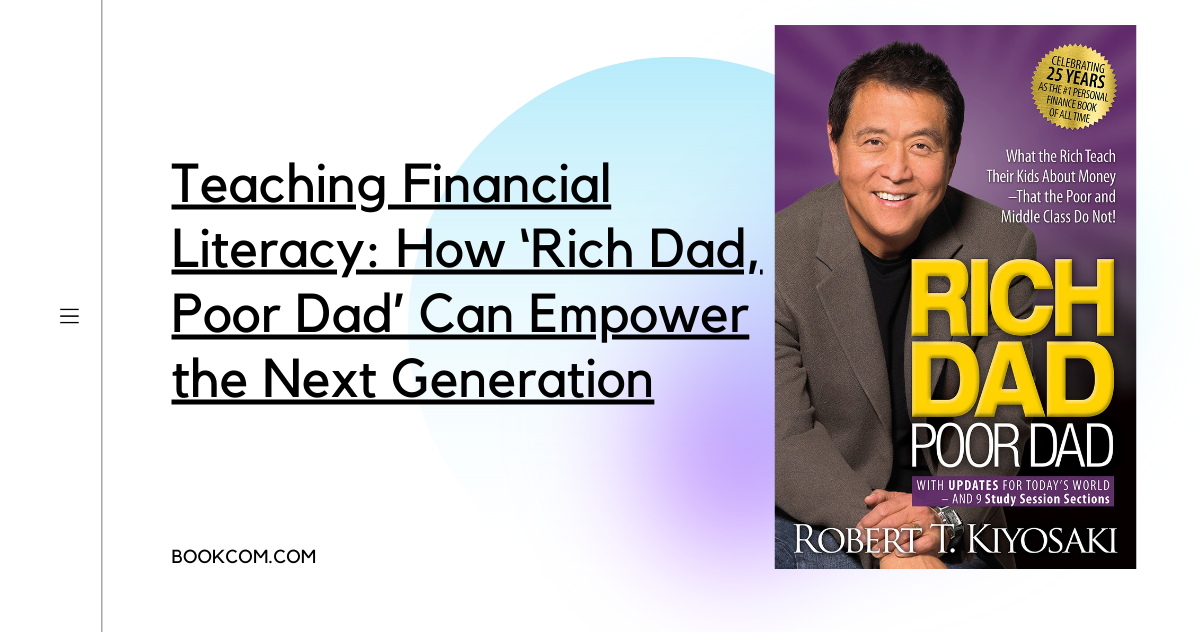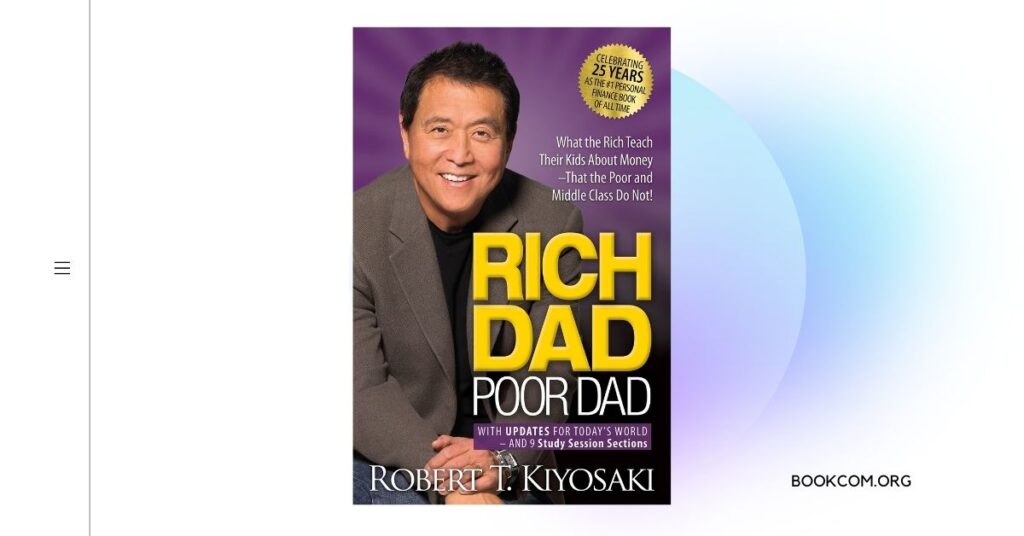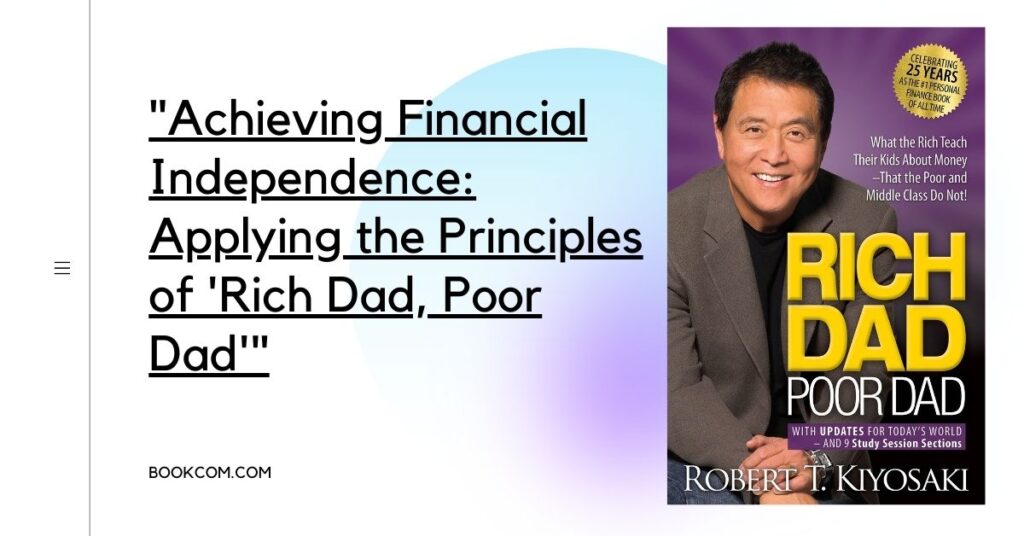Financial literacy is a critical life skill that empowers individuals to make informed financial decisions and build a solid foundation for their future. ‘Rich Dad, Poor Dad’ by Robert Kiyosaki has become a catalyst for promoting financial literacy, not only among adults but also among the younger generation. In this article, we will explore how ‘Rich Dad, Poor Dad’ can serve as a powerful tool for teaching financial literacy and empowering the next generation to take control of their financial future.
Lesson 1: Understanding the Difference Between Assets and Liabilities
‘Rich Dad, Poor Dad‘ introduces the concept of assets and liabilities in a simple yet powerful way. Kiyosaki emphasizes the importance of distinguishing between assets that generate income and appreciate in value versus liabilities that drain financial resources.
Practical Tip: Teach children the basics of assets and liabilities using relatable examples. Encourage them to identify assets that can provide income and teach them to make wise choices when it comes to spending their money on liabilities. Instilling this fundamental understanding sets a strong foundation for financial decision-making.
Lesson 2: Emphasizing the Value of Financial Education
‘Rich Dad, Poor Dad’ highlights the significance of continuous financial education. Kiyosaki explains that traditional education often overlooks financial literacy, leading to a lack of understanding about money and how it works.
Practical Tip: Introduce financial education as a regular part of your child’s learning experience. Encourage them to read books, attend workshops, and explore online resources that teach basic financial concepts. Engage in conversations about money and provide real-life examples to help them develop a strong financial mindset from an early age.
Lesson 3: Encouraging Entrepreneurial Thinking
‘Rich Dad, Poor Dad’ promotes entrepreneurial thinking as a pathway to financial independence. Kiyosaki encourages individuals to think creatively, identify opportunities, and take calculated risks.
Practical Tip: Foster entrepreneurial thinking in children by encouraging them to explore their passions and interests. Teach them about entrepreneurship, business models, and the importance of problem-solving. Support their ideas and help them develop the necessary skills and confidence to pursue their entrepreneurial endeavors.
Lesson 4: Introducing the Power of Passive Income
Passive income is a central theme in ‘Rich Dad, Poor Dad.’ Kiyosaki emphasizes the importance of generating income that doesn’t rely solely on active work.
Practical Tip: Introduce the concept of passive income to children by explaining how certain investments, such as stocks, real estate, or businesses, can generate ongoing income. Encourage them to think creatively about ways to create passive income streams, such as writing books, creating digital products, or investing in dividend-paying stocks. Help them understand the long-term benefits of building passive income sources.
Lesson 5: Cultivating a Savings and Investment Mindset
‘Rich Dad, Poor Dad’ encourages individuals to develop a savings and investment mindset. Kiyosaki emphasizes the importance of saving money and investing it wisely to create wealth over time.
Practical Tip: Teach children the value of saving by introducing them to the concept of piggy banks or savings accounts. Encourage them to set financial goals and save money towards those goals. Teach them about the power of compounding and the benefits of investing in assets that can grow their wealth.
Teaching financial literacy is an essential responsibility we have towards the next generation. ‘Rich Dad, Poor Dad’ serves as a valuable resource for instilling financial wisdom in children and young adults. By teaching them the concepts of assets and liabilities, emphasizing the value of financial education, encouraging entrepreneurial thinking, introducing the concept of passive income, and cultivating a savings and investment mindset, we can empower the next generation



